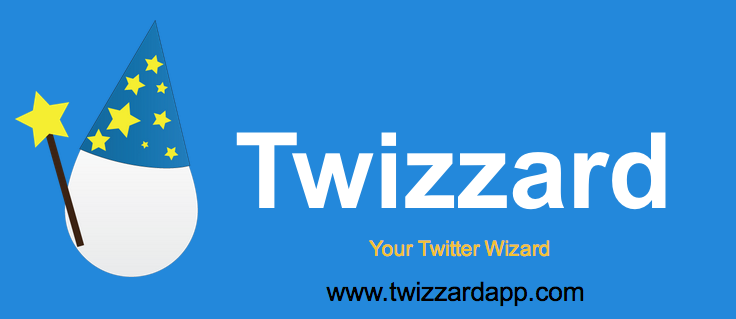Building a tweet ranking web app using Neo4j by William Lyon.
From the post:
I spent this past weekend hunkered down in the basement of the local Elk’s club, working on a project for a hackathon. The project was a tweet ranking web application. The idea was to build a web app that would allow users to login with their Twitter account and view a modified version of their Twitter timeline that shows them tweets ranked by importance. Spending hours every day scrolling through your timeline to keep up with what’s happening in your Twitter network? No more, with Twizzard!
The project uses the following components:
- Node.js web application (using Express framework)
- MongoDB database for storing basic user data
- Integration with Twitter API, allowing for Twitter authentication
- Python script for fetching Twitter data from Twitter API
- Neo4j graph database for storing Twitter network data
- Neo4j unmanaged server extension, providing additional REST endpoint for querying / retrieving ranked timelines per user
Looks like a great project and good practice as well!
Curious what you think of the ranking of tweets:
How can we score Tweets to show users their most important Tweets? Users are more likely to be interested in tweets from users they are more similar to and from users they interact with the most. We can calculate metrics to represent these relationships between users, adding an inverse time decay function to ensure that the content at the top of their timeline stays fresh.
That’s one measure of “importance.” Being able to assign a rank would be useful as well, say for the British Library.
Do take notice of the Jaccard similarity index.
Would you say that possessing at least one identical string (id, subject identifier, subject indicator) is a form of similarity measure?
What other types of similarity measures do you think would be useful for topic maps?
I first saw this in a tweet by GraphemeDB.
